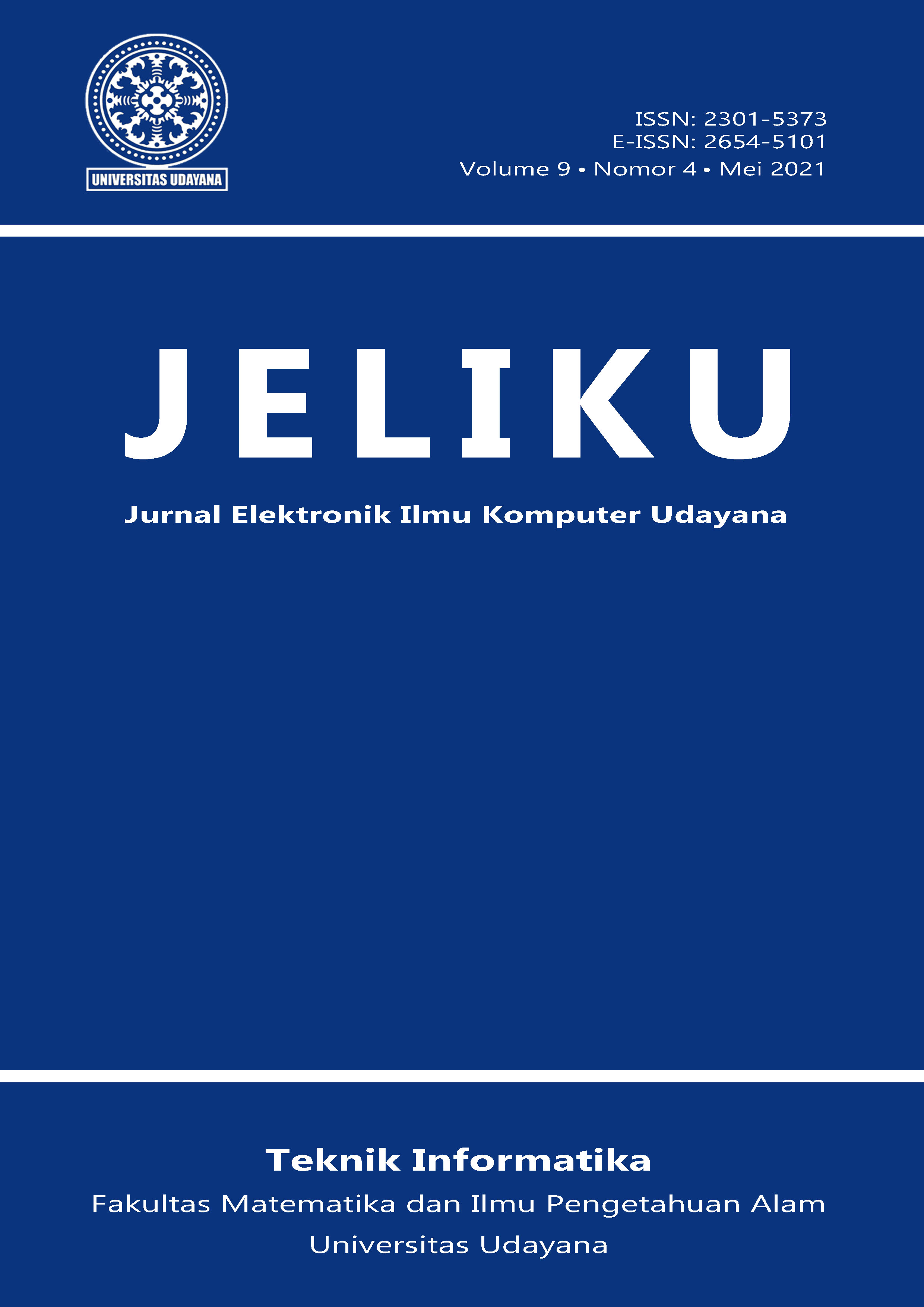Implementation of the Support Vector Machine (SVM) Algorithm in Classifying Website Phishing
Abstract
The development of the internet is so significant, if we look at the growth of the internet in the world, it has reached more than 4 billion and in Indonesia, there are more than 171 million users out of a total population of more than 273 million people. This is due to the very fast development of information technology and various kinds of media and functions. However, of the advances in internet technology, it did not escape the existing internet attacks. One of them is phishing. Phishing is a form of activity that threatens or traps someone with the concept of luring that person. Namely by tricking someone so that the person indirectly provides all the information the trapper needs. Phishing is included in cybercrime, where crime is rampant through computer networks. Along with the times, crime is also increasingly widespread throughout the world. So that the threats that are happening today are also via computers. With such cases, this study aims to predict phishing sites with a classification algorithm. One of them is by using the SVM (Support Vector Machine) Algorithm. This research was conducted by classifying the phishing website data set and then calculating the accuracy for each kernel. From the study, the results are SVM with Gaussian RBF has the best performance with 88.92% accuracy, and SVM with Sigmoid kernel has the worst performance with 79.33% accuracy.






